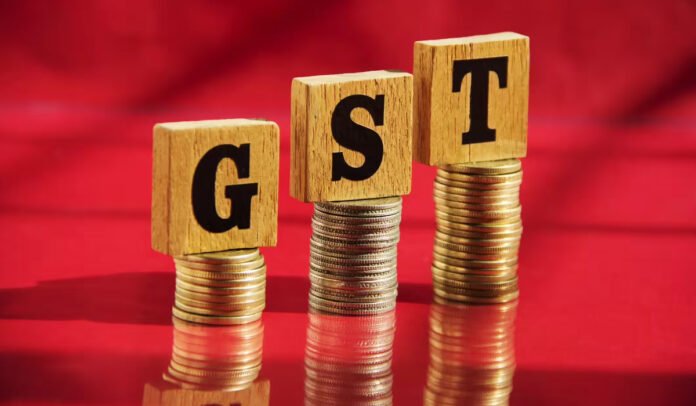Prime Minister Narendra Modi has unveiled a sweeping reform of the Goods and Services Tax (GST), announcing significant rate cuts on essential commodities and consumer electronics. The move, which could reduce government revenues by nearly $20 billion annually, is aimed at stimulating domestic consumption, boosting market confidence, and countering economic headwinds from rising global trade tensions with the United States.
GST Rate Cuts Announced
Under the revised structure, GST rates on a range of everyday essentials, including household goods and food items, have been slashed to provide relief to ordinary consumers. Additionally, certain categories of electronics and appliances are expected to become cheaper, a measure designed to stimulate demand in India’s slowing consumer durables sector.
The reforms, which come eight years after the GST was first implemented in 2017, are being hailed as one of the most comprehensive revisions to the tax regime since its inception.
Balancing Fiscal Costs and Growth
While the cuts are expected to put short-term pressure on government finances, the Prime Minister emphasised that the long-term benefits outweigh the risks. Economists estimate the revenue loss could touch $20 billion annually, but the government believes increased consumption will expand the tax base and generate higher indirect revenues in the medium term.
“The government is ready to absorb the fiscal impact in the short run, as our priority is to put more money in the hands of ordinary citizens and boost domestic demand,” a senior finance ministry official said.
Strategic Context: U.S. Trade Tensions
The announcement comes at a time when India is facing renewed trade friction with the United States, which recently cancelled bilateral trade talks and hinted at imposing tariffs of up to 50% on Indian goods. Analysts view the GST overhaul as part of a strategy to strengthen the domestic market, reduce dependence on volatile exports, and demonstrate resilience in the face of global challenges.
Industry and Market Reaction
India Inc. has broadly welcomed the reforms. Retail associations and consumer goods companies say the cuts will make products more affordable, potentially reviving sales in sectors that have seen sluggish growth. Electronics manufacturers are also hopeful that lower taxes will drive higher demand ahead of the festive season.
Stock markets responded positively, with consumer goods and electronics stocks seeing a sharp rise in early trading following the announcement.
Broader Economic Impact
According to preliminary estimates, the GST overhaul could raise India’s GDP growth by 0.6 percentage points in the current financial year. Experts note that while fiscal discipline may be tested, the reforms underline the government’s willingness to prioritise growth, consumer confidence, and long-term economic health.
Conclusion
With the new GST rates expected to come into effect shortly, the Modi government has signalled its intent to empower consumers, stimulate demand, and shield India’s economy from external shocks. As trade tensions escalate globally, the reform could prove to be a defining step in ensuring India’s economic resilience.
























